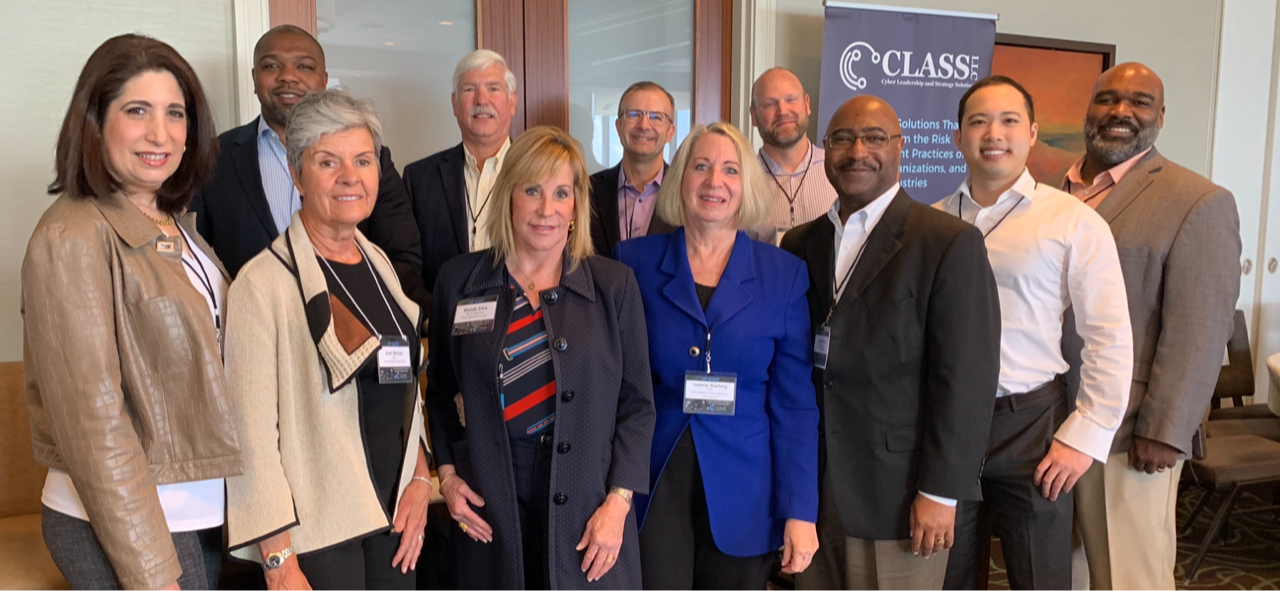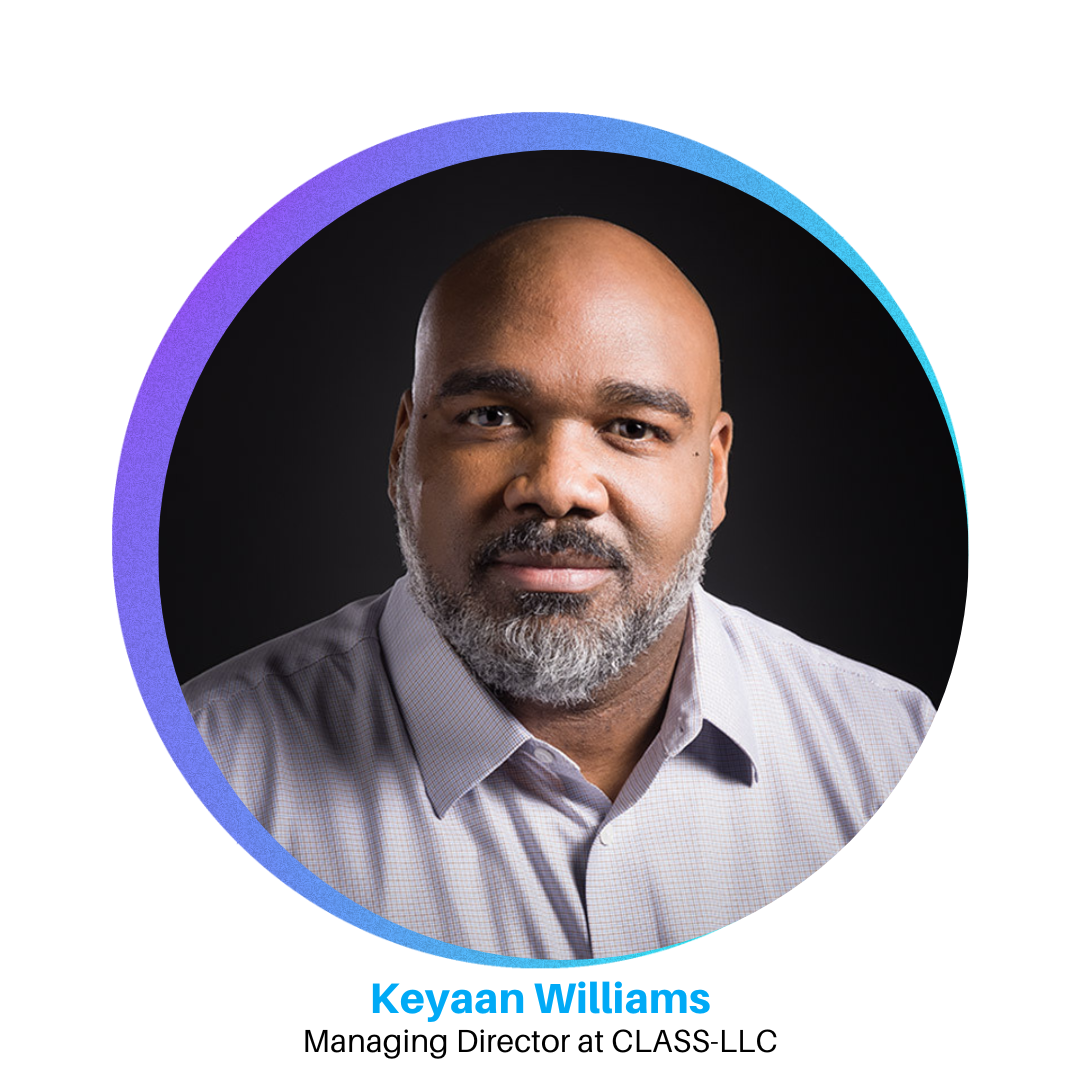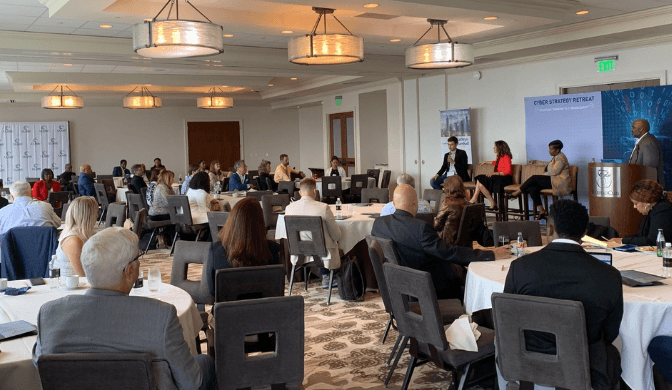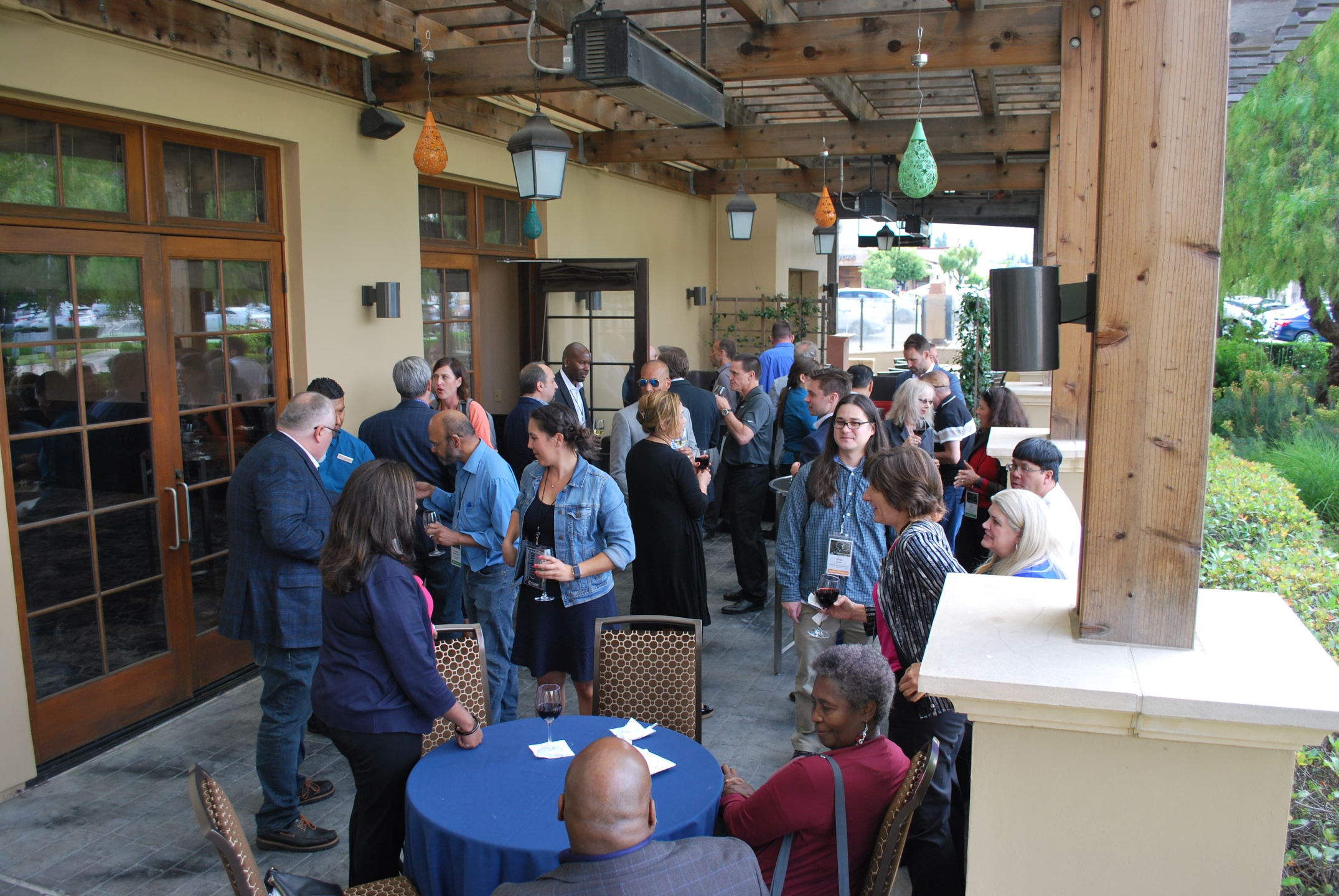The best Cyber security Strategy Conference in the world!
Press Play to Get Started
🎉 Level Up Your Cybersecurity Strategy and Save $347! 🎉
Secure your seat at the forefront of cybersecurity excellence and enjoy a significant discount off the regular ticket price of $997!
Executive Strategy, Governance, and Leadership with a focus on cybersecurity!
Join leaders in business, technology, cybersecurity, risk management, and privacy who are changing their organizations with the practical guidance and curated connections provided each year.
Become a part of those conversations & register today!

Agenda at a glance...
July 24: Navigating the Governance Landscape
Immerse yourself in a day dedicated to exploring the intricate landscape of cybersecurity governance. Engage in thought-provoking discussions, insightful workshops, and expert-led sessions aimed at navigating the complexities of governance in the digital realm. Gain practical strategies and actionable insights to align governance practices with your organization's cybersecurity objectives.
July 25: Governance: Theory and Effective Practice
Delve deeper into the realm of governance as we bridge theory with effective practice. Explore the latest frameworks, regulatory considerations, and emerging trends in cybersecurity governance. Learn from industry experts, engage in interactive sessions, and discover how to apply theoretical concepts into real-world scenarios, ensuring effective governance implementation within your organization.
📢 Meet the 2024 Speakers!
Meet The World-Class speakers who will take you on a journey through their respective learning labs covering governance Governance: Theory and Effective Practice

Keyaan J Williams has been building and running cybersecurity and privacy programs for more than two decades. He spent many years at many departments of the Centers for Disease Control and Prevention in Atlanta before starting his own global consulting firm. In addition to his day job, Keyaan actively serves as a board member for commercial and non-profit companies around the world. He also regularly shares interesting insights on LinkedIn based on ideas he has published in books and professional journals.

Malcolm Harkins is the Chief Security & Trust Officer at HiddenLayer. In addition, Malcolm spends a great deal of time in the industry focused on policy and thought leadership in security, but also the ethics around technology risk, social responsibility, total cost of controls, and driving more industry accountability. He is also an independent board member and advisor to organizations. Previously Malcolm was the Chief Security and Trust Officer for Cymatic, Cylance Inc, and Chief Security and Privacy Officer at Intel Corporation.

I am a strategic leader with strong communications skills, cybersecurity knowledge, and deep experience delivering global programs. My practical information security knowledge stems from broad experience as a Cigital consultant, a Symantec product manager, and day-to-day leadership roles at eBay and Zynga.

Anita Lynch is dedicated to making life better and business more resilient through technology, operations and data. Her expertise includes implementing digital transformation, finding positive solutions that benefit all stakeholders to mitigate risk, and increasing shareholder value. She identifies smart investments that protect and leverage data to maximize profitability, and ultimately adds value to corporations at all stages.
We proudly thank our sponsors!



Past Retreats
Established in 2019, the Cyber Strategy Retreat has had many different cities call it home and many more world-class speakers grace its stage.

2021
The 6th CSR featured more than 30 executive speakers and was the first to provide hybrid (online and in-person) attendance options.

2022
The 7th CSR featured international, hybrid participation and an integrated conference app for attendees to communicate & collaborate outside of seating & sessions.

2023
The 8th Cyber Strategy Retreat left attendees empowered to enhance their cybersecurity strategies and drive organizational resilience.

